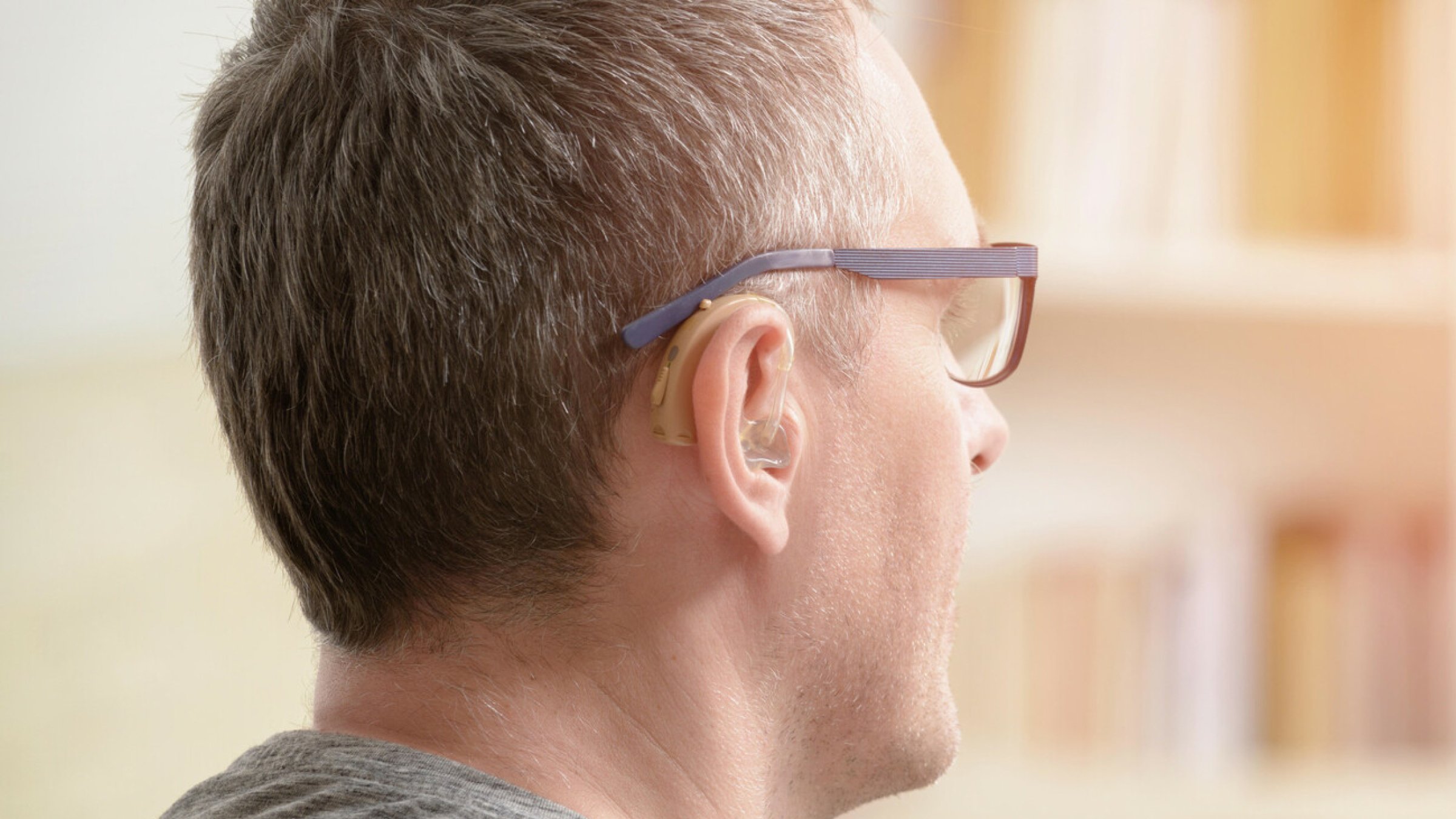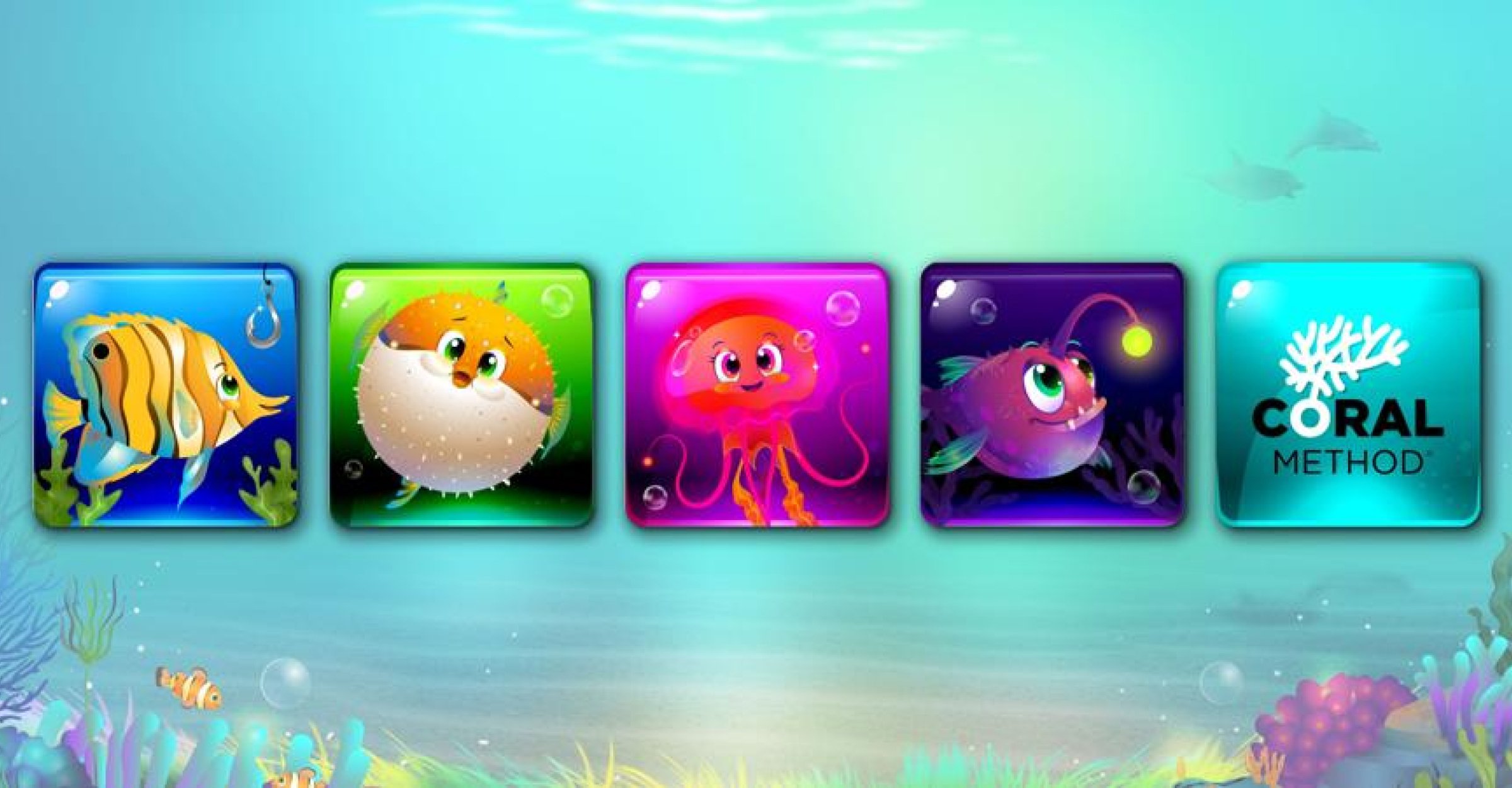
By Dave Kennedy
By
Jennifer Boeder
Artificial intelligence is proving to be a key element in inclusive design.
AI research and accessible design experts are building cutting-edge tools and applications that can help people with disabilities and other challenges communicate, learn, speak, hear, read and comprehend better. It can help wheelchair users and blind people navigate their environment more independently, while also allowing new language learners and the hearing impaired to become more connected to the world around them. AI has amazing potential to expand the entire frontier of user accessibility, driving innovation that ends up benefiting all of us.
What is Accessible Design and Why Does it Matter?
Accessibility isn't just a box to be checked, it’s a core element of any modern product design strategy. We like Princeton University’s Digital Accessibility Program definition: “Accessible design is, at its heart, just ‘good’ design” that includes “an awareness of certain limitations or needs of specific audience members.”
Designing for user accessibility isn’t just a moral imperative. Data shows it drives new technology and opportunity for everyone, a phenomenon known as the “curb cut effect.” If you've ever used a sloped curb while pushing a stroller or dragging a suitcase, you’ve experienced the curb cut effect firsthand. Curb cuts, those ramps that slope from the sidewalk to the street, were originally designed for wheelchair users, but have been widely adopted for use by many other people like parents, travelers, and cyclists.

Closed captioning, bike lanes, and the GI Bill are all great illustrations of how the curb cut effect improves outcomes for everyone. When we design in ways that improve user accessibility for specific populations, it benefits the mainstream population as well.
Real-world applications for AI and accessibility include:
- Communication for hearing impaired people
- Navigational tools for blind and visually impaired people
- Improved information access for people with learning disabilities
- Guidance for people with mobility impairments
Let's break these categories down.
AI for Communication: How AI Can Help People With Hearing Loss
Developers using AI are breaking new ground in communication accessibility. Speech-to-text models are rapidly improving their adaptability to atypical speech, including populations with diverse speech patterns.
AI can also identify and label environmental sounds, providing crucial information about a person’s surroundings. There's even AI-powered lip-reading technology that converts lip movements to text and audio for people with hearing impairments when sign language interpretation isn't available.
- Researchers in the United Kingdom are using AI to create “hearing glasses” that filter out background noise to help people with hearing loss. The glasses send both audio and visual data to a cloud server, where AI then isolates the speaker’s voice from surrounding noise and almost instantly sends the cleaned-up, clear voice audio back to the user’s ears.
- Another UK-based project is assembling an AI-enabled “smart mask” that uses Radio Frequency Identification (RFID) tags for speech recognition. Most lip-reading technologies use cameras and wearable devices, which don’t function well in poor lighting or when users wear face masks (a much more common occurrence post-2020). Cameras and wearables also pose privacy concerns. With an RFID tag embedded in an wearable mask, data from the tag was able to lip-read effectively. This smart mask could function in dark environments and behind face masks, while also avoiding camera-related privacy issues.

AI for Visibility: Revealing the World for the Visually Impaired
For individuals with visual impairments, AI is offering powerful new ways to interact with the visual world. AI-powered visual assistants can provide audio descriptions of images and the real-world environment, describing scenes and objects in real time as well as recognizing text, barcodes, currency and more.
One example of an accessibility tool already in play:
- Guidance is developing Glide, an AI-driven mobility aid designed for the visually impaired. The Glide resembles a small, lightweight vacuum cleaner; it’s a slim device on two rugged all-terrain wheels, with an ergonomic handle at waist height. Users hold the handle and are guided by the device, which brakes and steers using real-time data from an array of advanced sensors. It offers real-time navigation, obstacle and hazard avoidance, and adjustable audio that gives the user detailed descriptions of the surroundings, including locating key features like doors, elevators, curbs and stairs.

AI for Understanding: Empowering Literacy and Information Access
AI tools significantly improve information access for people with physical and learning disabilities. For reading, it can assist those with dyslexia, impaired vision, and language barriers via text-to-speech, highlighting, customizable display rephrasing, summarizing, and font size customization.
- Dysolve is an AI computer program for dyslexia and language-related disorders that uses interactive games to assess and target each student’s particular dyslexia. Dyslexic brains can vary greatly in their specific reading challenges. Through dynamically constructed games that refresh each session, the program can determine the nature of the errors caused by the user’s dyslexia, and then train each student’s brain on how to work around them.
- Microsoft Immersive Reader uses text-to-speech tools to convert text into spoken words, improving comprehension and reducing the cognitive load of reading. It also offers features like syllabification (dividing words into syllables) and highlighting parts of speech to improve text decoding and comprehension. It’s designed for students with dyslexia and dysgraphia, new readers, English Language Learners (ELLs) people with visual impairments, and any reader who needs help absorbing complex texts.

AI for Navigation: Providing Real-Time Guidance For People With Mobility Impairments
For individuals with mobility impairments, AI is improving navigation and independence. AI-powered systems can provide real-time guidance and suggest accessibility-friendly routes, taking into account essential factors like ramps and elevators as well as wheelchair-accessible restrooms and rideshares.
- MyPath, Miami University’s crowd-sourced and AI-based accessibility project uses input from participants to help local wheelchair users find accessible routes in unknown environments avoid impediments like curbs, steep hills, gravel, sand and grass. MyPath technology utilizes wheelchair-induced vibration patterns collected by sensors (accelerometer, gyroscope, and GPS, for example) embedded in smartphones; an algorithm then uses that data to create several accessible routes.
AI and Accessibility: Pitfalls and Challenges
While AI’s potential is exciting, it also poses ethical and practical challenges.
It's hard to walk through the world without bias. Unchecked, our biases can leak into the things we create. A major underlying cause of AI bias in accessibility is the limitation of the training data. An AI model is only as good as the data it receives, and all generative AI models are prone to error and bias that can perpetuate harmful stereotypes. AI trained on biased data can amplify prejudice, leading to discriminatory outcomes in hiring, loans, and services.
To solve for bad or incomplete data, anyone looking to build lasting AI products needs to conduct ongoing research using reliable quality assessment frameworks. Leading companies like Adobe are already zeroing in on ways to train their models ethically, inclusively, and accurately. (For a deeper dive on how to design AI products of the future while managing risks like misinformation, check out our post “Four Practical Ways To Improve Lives With AI.” )
Legal and Ethical Frameworks of AI and Accessibility
When advising clients on AI research, copyright, liability, and accuracy of AI-generated descriptions are all issues we address in design. At present, fair use offers some guidance, but we need clearer legal frameworks and ethical guidelines.
By setting clear legal and ethical standards, we can steer the development of AI towards benefiting all members of society, with a specific focus on protecting and empowering individuals with disabilities.
Key Tenets for AI-Powered Accessibility Design
Using design guidelines centered on accessibility helps us maximize AI’s benefits while ensuring ethical outcomes for individuals with disabilities. We recommend the following key tenets:
- Prioritize inclusion by actively partnering with disability communities throughout every stage of design and development (“Nothing about us, without us”).
- Emphasize human rights and dignity, centering your work on well-being and autonomy.
- Center fairness and non-discrimination through continuous evaluation that catch new biases, while actively working to unlearn and undo existing biases within AI systems.
- Uphold autonomy and user agency by empowering user control over AI mechanisms.
- Ensure transparency and explainability in order to build trust, foster accountability, and own mistakes so they can be addressed.
AI is neither a magic bullet nor an omniscient superpower. It’s a technology we can use intentionally to design breakthrough products and experiences that benefit disabled populations and the world at large.
Dave Kennedy is Principal Researcher at Blink. With a background in product marketing, advertising, communications, branded content and technology, he brings more than a decade of experience working with industry-leading companies like AMP, Publicis, DDB, Microsoft, and Cranium.
Interested in finding out more about AI-powered accessibility design solutions? Let’s talk!
We drew upon a variety of valuable resources to understand the current landscape of AI and accessibility. Below are the articles, papers, and reports that informed our thinking.
- AI for Accessibility: Opportunities and Challenges
- Collection: Accessibility and AI
- AI Data Drop: How AI Breaks Down Barriers to Inclusivity
- W3C - Artificial Intelligence (AI) and Accessibility Research Symposium 2023
- Breaking Barriers: How AI is Revolutionizing Accessibility
- AI and accessibility: Examples, Insights and Future
- Generative AI holds great potential for those with disabilities - but it needs policy to shape it
- Ethical Principles for Web Machine Learning



